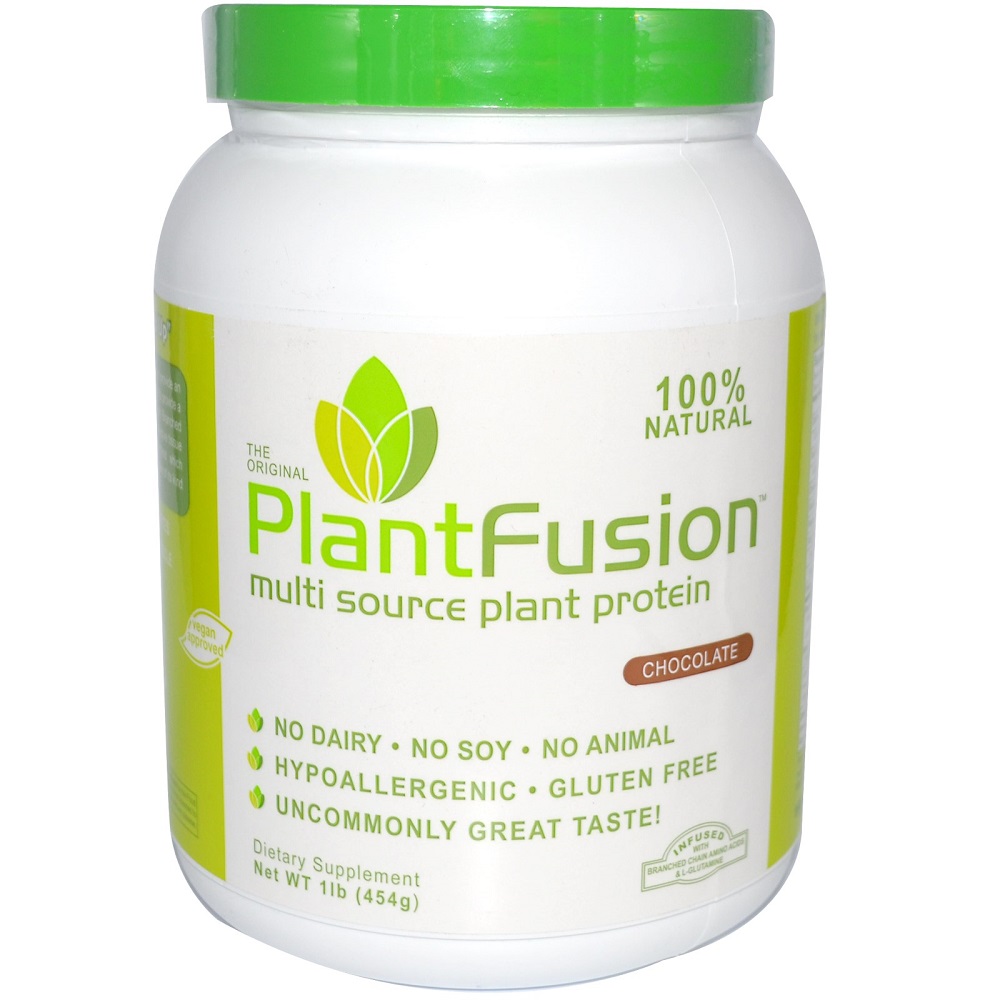| Calories | A calorie is a unit of energy. In nutrition and everyday language, calories refer to energy consumption through eating and drinking and energy usage through physical activity. |
|---|
| Calories From Fat | A low-fat style of eating is important for maintaining a healthy weight and preventing heart disease. |
|---|
| Fat | Fat is an essential part of our diet and nutrition, we cannot live without it. |
|---|
| Cholesterol | Cholesterol is a waxy substance that comes from two sources: your body and food. Your body, and especially your liver, makes all the cholesterol you need and circulates it through the blood. |
|---|
| Sodium | Sodium is an element that the body needs to work properly. Salt contains sodium. The body uses sodium to control blood pressure and blood volume. Sodium is also needed for your muscles and nerves to work properly. |
|---|
| Potassium | Control the electrical activity of the heart |
|---|
| Carbohydrate | Carbohydrates are one of the main types of nutrients. They are the most important source of energy for your body. |
|---|
| Dietary Fiber | Helping to maintain a healthy weight and lowering your risk of diabetes and heart disease |
|---|
| Sugars | Used in foodstuffs and in medicine chiefly in solution as an intravenous nutrient. |
|---|
| Protein | They are essential in the diet of animals for the growth and repair of tissue. |
|---|
| L-Isoleucine | L-Isoleucine plays a pivotal role in the energy supply of muscle tissue, which is particularly critical during periods of extensive exercise or in acute hunger periods. |
|---|
| L-Leucine | L-Leucine plays a central role in the metabolism of muscle tissue therefore contributing to both its generation and preservation. It is an important building block for many proteins and therefore supports various healing processes. |
|---|
| L-Valine | L-Valine is an essential amino acid and, along with L-Leucine and L-Isoleucine, is part of the branched chain of amino acids. The body cannot manufacture L-Valine, so it must be acquired via diet or supplementation. |
|---|
| L-Glutamine | Glutamine might help gut function, the immune system, and other essential processes in the body, especially in times of stress. |
|---|
| Bromelain | Bromelain can be used to treat a number of conditions, but it is particularly effective in reducing inflammation from infection and injuries. |
|---|
| Alpha Galactosidase | Alpha-galactosidase is a glycoside hydrolase enzyme that hydrolyses the terminal alpha-galactosyl moieties from glycolipids and glycoproteins. It is encoded by the GLA gene. |
|---|
| Pea Protein Isolate | High-Quality Protein Source |
|---|
| Artichoke Protein | Artichoke is a plant. The leaf, stem, and root are used to make “extracts” which contain a high concentration of certain chemicals found in the plant. These extracts are used as medicine. |
|---|
| Guar Gum | Guar gum is used as a laxative. It is also used for treating diarrhea, irritable bowel syndrome (IBS), obesity, and diabetes; for reducing cholesterol; and for preventing “hardening of the arteries” (atherosclerosis). |
|---|
| Silica | Increasing bone mineral density when obtained from foods. |
|---|
| Stevia | Stevia plants grow and are harvested in many countries around the world, predominantly in China and Brazil. |
|---|
| Glycine | Glycine is an amino acid, a building block for protein. It is not considered an “essential amino acid” because the body can make it from other chemicals. |
|---|
| Brown Rice Protein Concentrate | Brown rice protein has a number of positive qualities- it’s hypoallergenic, retains the natural fiber and bran that we need, and is an overall convenient source of protein. |
|---|
| Fructose | A yellowish to white, crystalline, water-soluble, levorotatory ketose sugar, C 6 H 12 O 6, sweeter than sucrose, occurring in invert sugar, honey, and a great many fruits: used in foodstuffs and in medicine chiefly in solution as an intravenous nutrient. |
|---|
| Natural Flavor | Natural flavors are created from anything that can be eaten (i.e animals and vegetables) |
|---|



Reviews
There are no reviews yet.